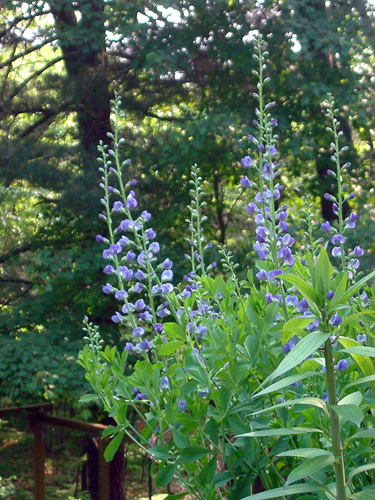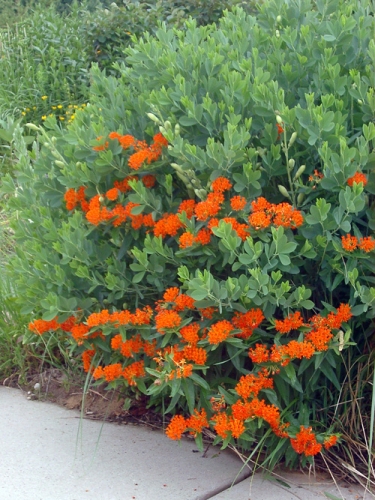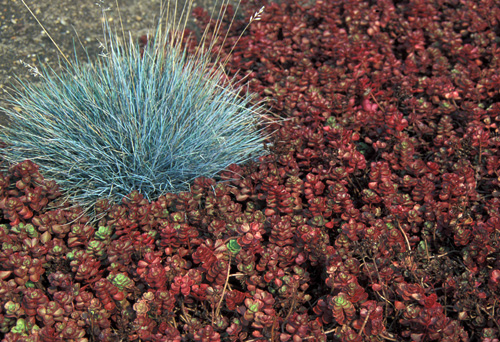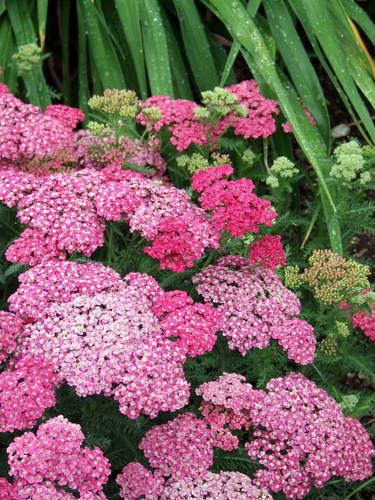Water saving perennials: Carefree and beautiful without the fuss
Tired of paying steep water bills throughout the summer, or just want to be a good steward? Consider these low-maintenance and drought tolerant perennials.
Wouldn’t you love to have plants that were so incredibly reliable that you could ignore and neglect them all summer and they just couldn’t thank you enough? Having gardened all my life, I can think of few plants that would be considered no-maintenance; however, there are quite a few that fit into the “low-maintenance” category. Especially with good plant selection and breeding techniques, no-fuss plants are more common than ever before.
No more thirsty dogs
Plants that do not require supplemental irrigation, and yes, even thrive in dry conditions, are on the top of my list for low-maintenance. This group of plants is desirable for many gardeners who have to pay steep water bills throughout summer months and for others just wanting to be a good steward of the water they pull from a well.
Two groups of plants come to mind for me in this category – the ones that can take full sun with little moisture and the ones that can live in dry shade, perhaps even duke it out with neighboring tree roots.
Bright, sunny areas without supplemental irrigation are prime areas for brilliantly colored perennials and several that have thickened, succulent leaves, too. Baptisia (False Indigo) is one genus that has a deep rooting structure and can take prolonged drought. A tough prairie plant, this one has a beautiful bloom and also makes a great companion with things like butterfly weed. The brilliant orange Asclepias (Butterfly Weed) blooms at a different time than Baptisia, which has foliage that compliments well.

Baptisia or False Indigo is a North American native that is adapted for “feast or famine” environmental conditions.

Two native plants, Butterfly weed and False Indigo, make a great companion in a dry garden.
The genus Sedum (Stonecrop) offers a wide range of heights and foliage colors and can really take droughty conditions. Ground cover sedums range from perky yellows to deep crimson that are perfect companions to dwarf ornamental grasses like blue fescue. When it comes to color, Achillea (Yarrow) is unmatched. This ferny-looking perennial has a flat topped bloom that ranges from mellow yellow to deep raspberry. My favorite new introduction is ‘Saucy Seduction.’

Colorful ground cover Sedum’s are both drought tolerant and beautiful companions to thrifty grasses such as Blue Fescue.

A new Yarrow, ‘Saucy Seduction’ brightens up a dry landscape.
Perennials with grey foliage also rank at the top for drought tolerance. Plants like Artemesia (Wormwood) and Nepeta (Catmint) really liven up a dry perennial garden. ‘Kit Cat’ Nepeta is a stout version of the more well-known ‘Walkers’ Low.’ I love the re-blooming qualities when deadheaded, too.
Made for the shade
Dry, shady areas often provide gardeners a bit more of a challenge when it comes to color. One native plant cultivar that has performed well for me is variegated Polygonatum (Solomon’s Seal). Its arching, crimson stems show off the delicately variegated leaves. The rooting habit of this plant allows it to colonize the top layer of soil, capitalizing on brief summer rainfalls. This plant’s rhizomes are fleshy and tough, however, and can make it through just about any drought.
Again, some plants just go into a defensive mode during a dry period, yet thrive again when moisture-rich clouds rehydrate the soil in the fall. Certain ferns can operate this way, making them good candidates for this feast-or-famine sort of life. Others, like Dicentra ‘All Gold,’ just go dormant and don’t wake up again until spring.
Find out about other educational resources and classes at www.migarden.msu.edu and at Finneran’s blog. You can contact the MSU Master Gardener Lawn and Garden Hotline at 888-678-3464 with your questions.
Related resources on water use or drought:
- Excess drying leads to poor mulch performance, Rebecca Finneran, MSU Extension
- Gardening tips for wise use of your water resources, Mary Wilson, MSU Extension
- Impacts of summer weather on landscape plants, Stephen Fouch, MSU Extension
- Native plants for Michigan landscapes: Part 1 – Trees, Mary Wilson, MSU Extension
- Native plants for Michigan landscapes: Part 2 – Shrubs, Mary Wilson, MSU Extension
- Silence of the soaker hoses, Gretchen Voyle, MSU Extension
- Gardening in Michigan



 Print
Print Email
Email




